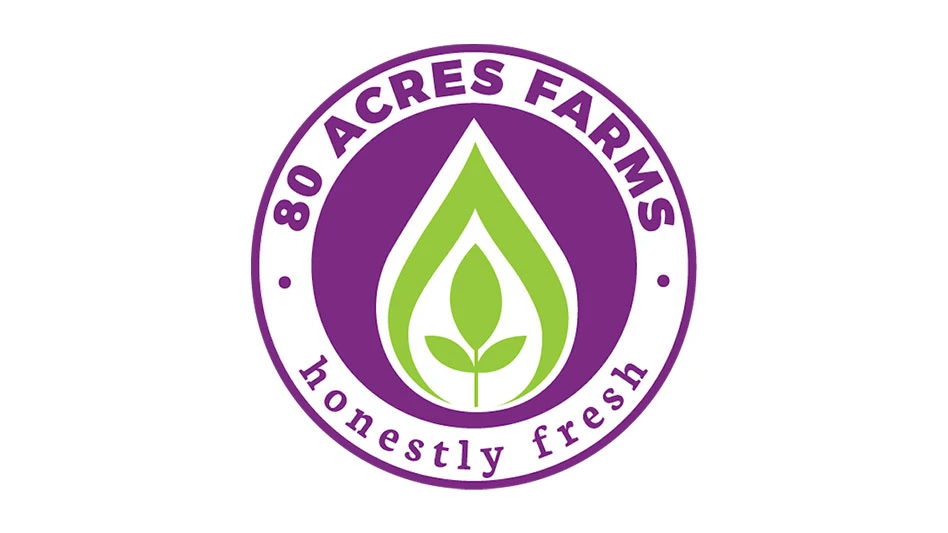
The increase in soilless culture production of greenhouse vegetables, fruits and other consumables continues across the globe. As this rise continues, much research has been and is currently being conducted on suitable, alternative, economical, recyclable, disposable and efficient substrate materials to maximize crop yield and production efficiency. While the use of “soilless” organic and inorganic materials is not new to the industry, there is more interest in alternative materials now than ever before. Traditional (and successful) substrate components have included materials like rockwool, expanded clay aggregates, Growstones, perlite, pumice, Oasis cubes, coconut coir, peat moss and rice hulls. Another material that has been investigated is wood products (fiber, chips, sawdust, shavings, etc.). The goal of this article is to provide some background information and historical context to the development and use of wood substrates for controlled environment cropping systems. More detailed information about specific issues, potentials, advantages and disadvantages of using wood substrate materials will follow in the near future.

Wood fiber’s history
First developed in Europe in the early 1980s for the production of ornamental crops (floriculture and nursery), wood fiber has also been tested and trialed for vegetable and fruit production since the early 1990s. There are a variety of different wood components that have been commercialized over the years, many of which can have very different visual properties as well as physical and chemical properties (Fig. 1). To date, there have been more than 30 different types of wood substrate materials (components) developed, tested, and some commercialized in Europe and North America.
The idea of using wood materials can be alarming to many growers as we have been taught, or experienced, that there can be negative outcomes to growing plants in a non-composted fresh wood material. Research has shown that wood from softwood species (conifers) is better suited for use in plant growth systems because generally speaking, they do not break down (decompose) as fast as hardwoods, contain fewer phytotoxic chemicals than hardwoods, and they are located geographically around the world near horticultural production sites. Some conifer species studied in previous vegetable crop trials have included Pinus tadea, P. palustris, P. sylvestris, P. pinaster, Picea glauca, Picea abies, and Larix decidua.

Previous research with wood fiber substrates has been conducted on many vegetable crops in containerized or hydroponic systems including cucumber, tomato, peppers, cabbage, melons, herbs, squash, strawberries, cane berries and blueberries. These vegetable/fruit trials have spanned the globe as researchers in the United States, Canada, Spain, Poland, England, Germany, Belgium, South Korea and Mexico (as well as others) have contributed to our current understanding of the potential in wood-based substrates for crop production. Research has investigated using 100 percent wood substrates for crop production (Fig. 2) as well as blends of wood components to peat moss, bark or coconut coir.
Wood substrates currently on the market (commercialized) are primarily made by one of three main processes: 1) single or twin screw extrusion; 2) twin disc refiners; or 3) hammer mills. Each machine type and process is unique, therefore the wood fiber produced is unique. The differences among the different materials include fiber size and thickness, sterility/chemical properties, and varying abilities to be compressed, handled and blended with other materials. Companies who sell wood substrates should be able to provide the technical assistance to utilize and manage their specific product in one’s own production system. The structure and properties of different engineered wood fibers may also facilitate better or more specific usage in different cropping systems, loose-filled containers or troughs compared to compressed blocks or slabs, for example (Figs. 3 and 4).

When considering the switch to organic substrates or the switch to wood fiber in your production system, there are many variables to consider. As more intensive research is conducted, our understanding of how wood may be an option for you will become more certain. As of now, some potential advantages of wood substrate materials may include 1) organic in nature and OMRI (Organic Materials Review Institute) listed; 2) locally available to substrate manufacturers and growers, which could limit or lower transportation costs; 3) recyclable; 4) and disposable. Much remains to be learned about using wood components in our production systems, but the perceived advantages and potential are believed by many to be well worth their investigation and consideration.
Get curated news on YOUR industry.
Enter your email to receive our newsletters.
Explore the March 2018 Issue
Check out more from this issue and find your next story to read.
Latest from Produce Grower
- The Growth Industry Episode 3: Across the Pond with Neville Stein
- University of Evansville launches 'We Grow Aces!' to tackle food insecurity with anu, eko Solutions
- Lawsuit challenges new H-2 visa rules
- Q&A: Sandra Eskin Leads Food Safety Advocacy Organization, STOP, as CEO
- Find out what's in FMI's Power of Produce 2025 report
- Martin A. Makary Sworn in as FDA Commissioner
- PG CEA HERB Part 2: Analyzing basil nutrient disorders
- LettUs Grow, KG Systems partner on Advanced Aeroponics technology





